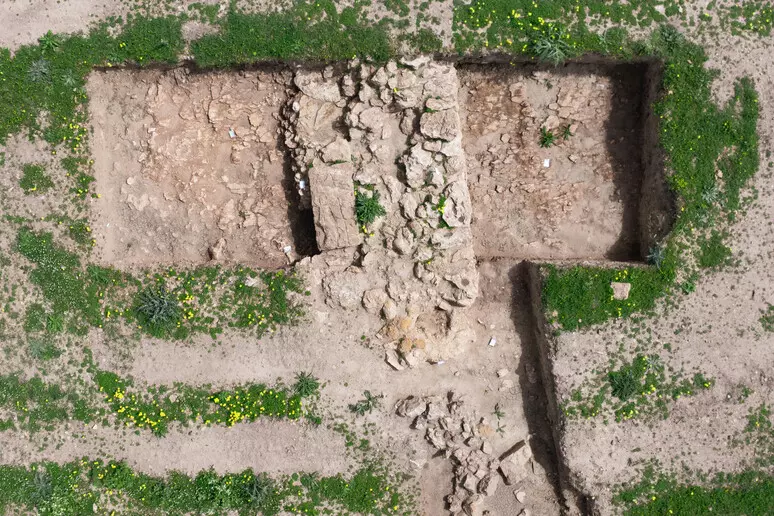At the Selinunte Archaeological Park in the province of Trapani, Sicily, one of the largest of its kind in Europe, new excavations have unearthed the monumental gateway and portions of the walls of the ancient city founded by Greek settlers from Megara Hyblaea in the mid-7th century B.C., from 650 B.C. to 628 BCE. The new discovery brings to light the ancient structures that constituted the fortified walls that enclosed the city from the north, and the gateway, through which passed the sacred way to the monumental necropolis outside the walls, the ceremonial route that connected the ancient Greek city to its outer necropolis. This was an access used for funerary rites and religious processions.
Thanks to this new data and topographical information, archaeologists will be able to rewrite the map of the ancient Greek colony Selinunte and its defensive structure as it stood before its destruction by the Carthaginians in 409 BCE.
The present find has in fact shifted the northward boundary of the city by 300 meters, much farther than previously thought, confirming its enormous socio-economic importance. Selinunte stood out as one of the major centers of Greek culture in the Mediterranean at the time. The discovery was also made possible through the use of innovative techniques such as three-dimensional geoelectrical tomography, which allows the ground to be probed down to 4 meters, explains Carlo Zoppi of the University of Eastern Piedmont, who directed the excavations conducted by Archeofficina archaeologists.
As for the future, the Archaeological Park plans to make the entire area accessible to the public, with a new route and signage in line with the new approach of contemporary museology. The park also plans to offer the public a more immersive experience featuring a virtual reconstruction of the ancient city walls.












